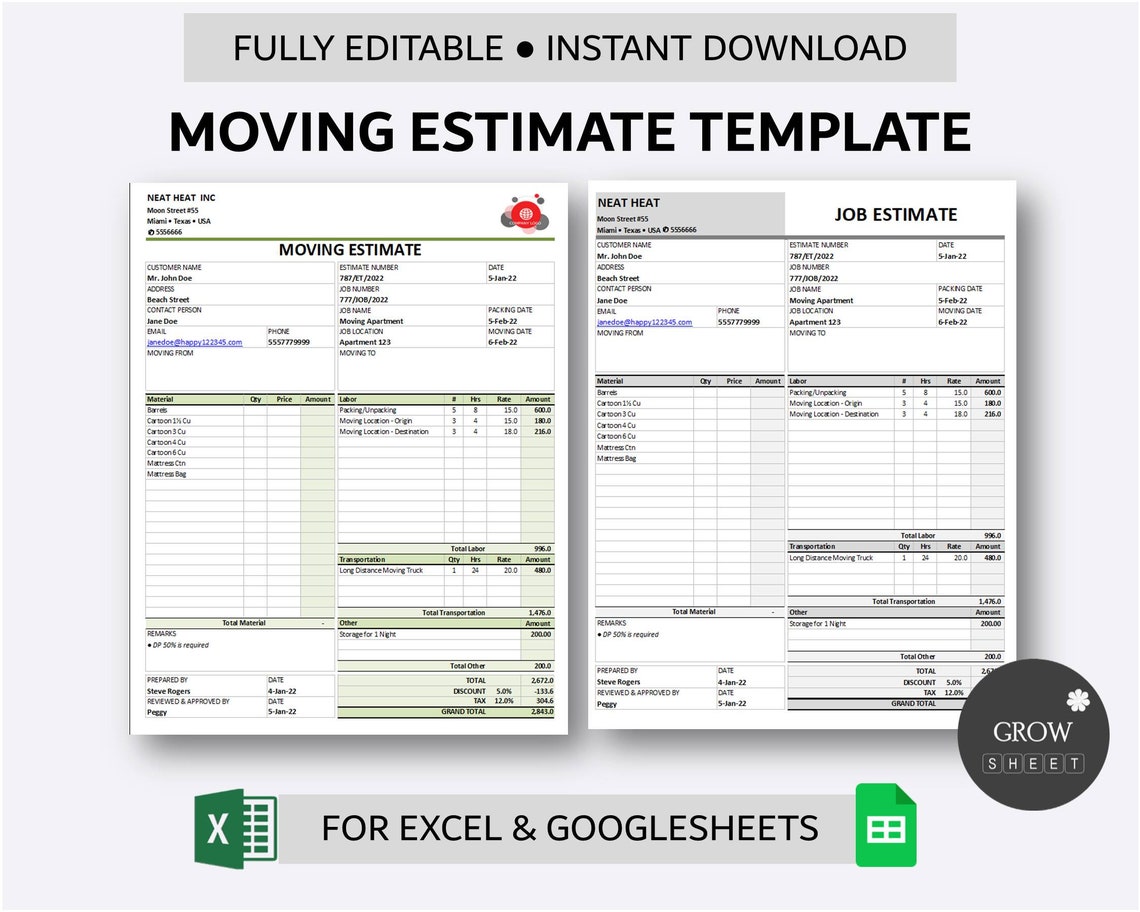Moving between states isn’t just a matter of distance; it involves choosing the right transport partners.
This article offers a fresh look at how to handle long-distance moving effectively.
By the end, you’ll know the key steps and insider tips to make your interstate move successful and stress-free.
Understanding the Scope of Interstate Moving
When you cross state lines, your move falls under federal regulations, typically overseen by the FMCSA (Federal Motor copyright Safety Administration).
You also need to account for different transport rules in each state.
Understanding the scope of an interstate move prepares you to budget more accurately, manage your time better, and set realistic expectations for delivery and setup.
Finding the Perfect Cross-State Moving Partner
Selecting the right interstate moving company is crucial for a successful relocation. Start by checking for proper licenses and insurance—legitimate companies must have a USDOT number issued by the Department of Transportation.
Ask about additional fees such as fuel surcharges, long carry charges, or storage if needed.
Taking time to vet your moving company can save you stress, money, and avoidable delays.
Understanding Interstate Moving Price Calculations
Timing matters too: moving during peak seasons like summer or holidays can drive prices up by 20–30%.
Additional services can also raise the bill.
For example, if your home requires movers to carry boxes up multiple flights of stairs, or if truck access is limited by narrow roads or urban restrictions, extra fees may apply.

Effective Planning for Moving Between States
Proper planning is the foundation veja mais sobre of a successful interstate move. Start by creating a timeline—ideally 8–12 weeks before your move date.
Create a detailed list of what you’re moving, noting valuable or fragile items.
This ensures you’re comfortable and organized even if your shipment is delayed or you need time to unpack.
Comparing Different Interstate Moving Services
Full-service movers handle everything, from packing to unpacking, ideal for busy professionals or large families.
Freight shipping companies also offer options for large shipments that don’t need full moving crews.
When comparing services, consider your priorities: Do you value convenience or budget?

How to Prevent Problems During an Interstate Move
Many people wait too long to book movers, only to find limited availability or higher rates.
Another common pitfall is failing to check mover credentials.
Invest in proper materials, label every box, and consider letting professionals handle specialty or high-value items to avoid costly mistakes.
Tips for Saving Money on Interstate Moving
Hold a garage sale or list items online to offset some moving expenses.
Next, compare quotes carefully.
Combining professional help with DIY strategies creates a cost-effective balance that fits your budget and schedule.
Conclusion: Making Your Interstate Move a Success
From selecting a mover to managing costs, each choice shapes the outcome of your move.
By following expert tips and avoiding common mistakes, you can reduce stress and ensure your belongings arrive safely.
With the right mindset and resources, moving to another state can be a smooth and rewarding transition.
Your Interstate Moving Questions Answered
How can I save money on an interstate move?
Comparing multiple quotes and moving during off-peak seasons also helps lower costs.
How early should I book an interstate moving company?
Early booking secures your preferred dates and gives you time to prepare.
What should I leave out of my moving boxes?
Movers typically won’t transport hazardous materials, perishables, firearms, or plants across state lines.
What insurance options are available for long-distance moves?
Review your coverage options carefully and understand the claims process before moving day.
Do movers provide tracking for long-distance relocations?
Many professional interstate movers offer shipment tracking systems or regular status updates.